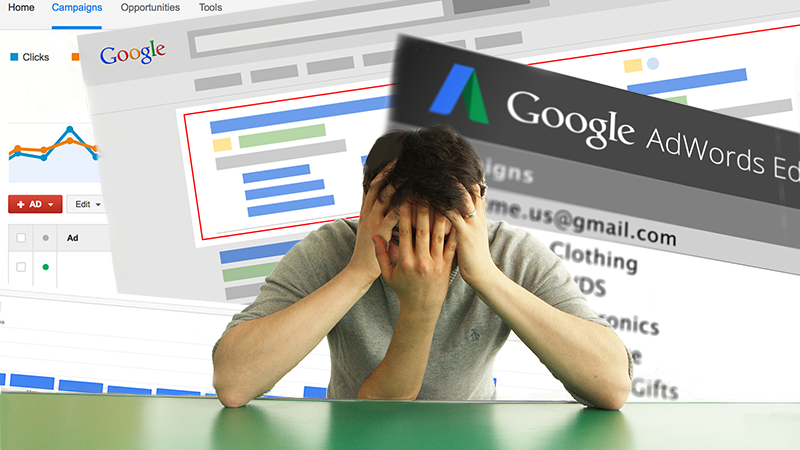The Aftermath – How to Optimize AdWords for the Top 4

As Google Shifts Its Priorities Affiliates Must Optimize Adwords
In recent months Google began testing showing four ads instead of three at the top of search results, and now it’s completely removed right-column ads. It’s now more important than ever to optimize Adwords spend.
If you’re a paid search marketer or PPC affiliate you may have already felt the effects of this change, but paid search marketers aren’t the only ones affected. Organic search marketers may feel the impact as well as they move further down the page, making room for one more ad at the top.
Why does it matter?
Google is already highly competitive. Earning a position in the top three is as dynamic as a game of chess. Search engine marketing (SEM) experts must not only bid for first position, but also optimize quality scores in order to out rank the competition.
For those newer brands with smaller budgets, targeting fourth through eighth position was more realistic, and helped marketers maintain a positive ROI.
With the removal of right-column ads, search engine marketers must find a way to make it to the top without getting into the red. Reaching CPA goals may be more difficult than ever, which means many affiliates will be looking to optimize AdWords.
Where did my ads go?
Google wouldn’t completely eliminate or reduce a stable source of income, so rather than significantly reduce the number of ad placements, they’ve moved ads to the bottom of search listings. Your potential customers may now have to scroll to the bottom of the page to view your ads and interact with your brand.
Who it affects
Big brands who’ve been around for years won’t experience too much change. Part of Quality Score is determined by age. The longer the advertiser’s relationship with AdWords, the better the Quality Score.
On the other hand, newer brands will have a tougher time challenging competitors and gaining market share. With tight budgets it will be more important than ever to optimize for quality score.
What’s a Quality Score?
There are many ways to optimize AdWords quality score. First, it’s important to understand how quality score is determined. Your quality score consists of:
- Your Ad Copy relevance
- Your click-through rate (CTR)
- Keyword to Ad group relevance
- Landing page quality and relevance (compliance with best practices)
- Historical AdWords account performance (how much you’ve spent with Google)
It’s important to spend time on each of these elements in order to improve your quality score. All of these elements factor into your overall score, which determines how much you’ll pay per click and where you’ll rank in terms of ad positioning.
How do I optimize for Quality Score?
There are many strategies for improving quality scores, but a few best practices are:
- Write ad copy that is highly relevant to the copy on your landing page
- Use dynamic keyword insertion to keep ad copy keyword relevant
- Use dynamic landing pages that incorporate keywords in your ad groups
- Create tight ad groups with similar keywords
- Rotate ads to evenly test ads and gain insight into ad performance
- Then optimize ads for CTR
If you’ve noticed a decline in traffic or conversions from your ads it’s time to optimize. Study quality scores and positions to determine if bid adjustments, ad copy or settings need to be made.
[…] in a competitive industry, you probably know (or think you know) what your CPC bid is. Logging into AdWords gives you anxiety, but you do your best to balance the incredibly high bidding suggestions with […]